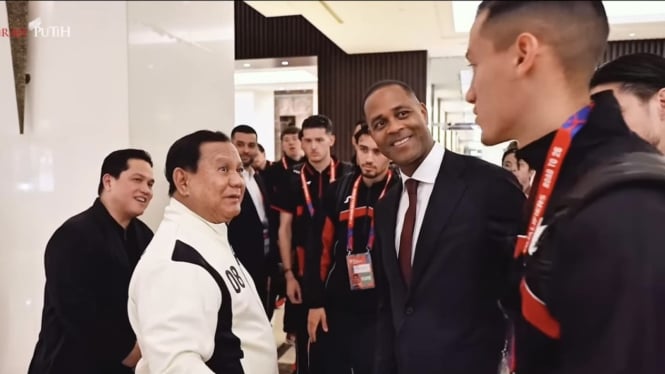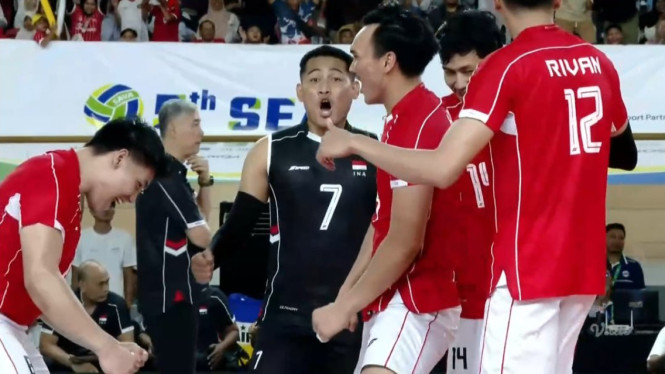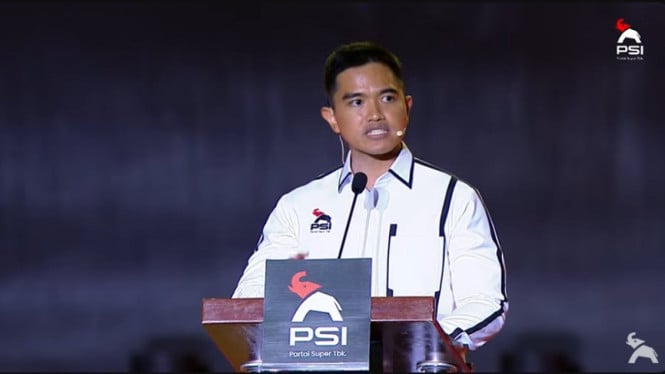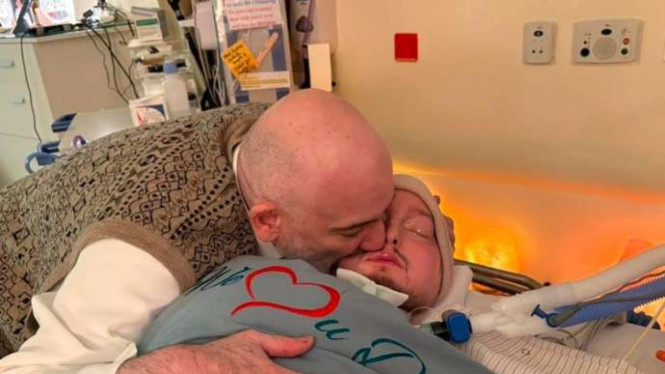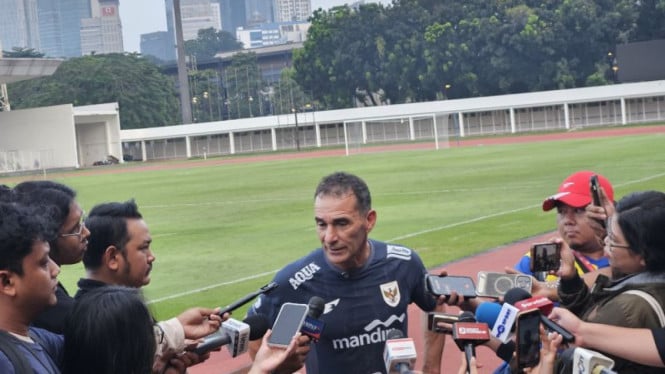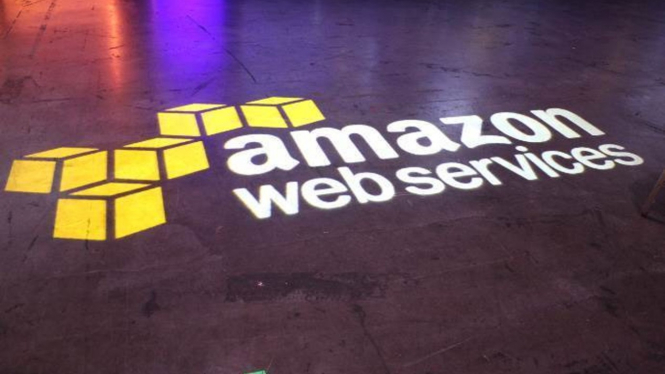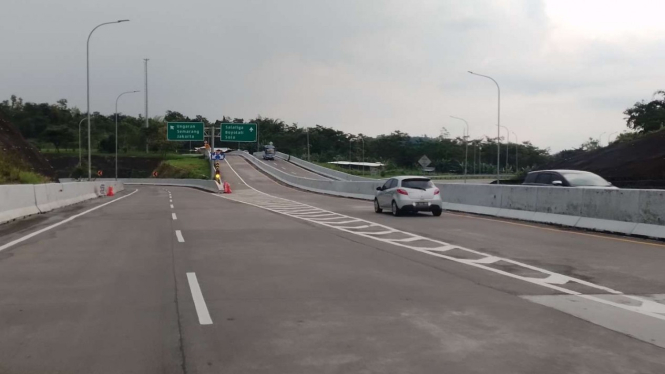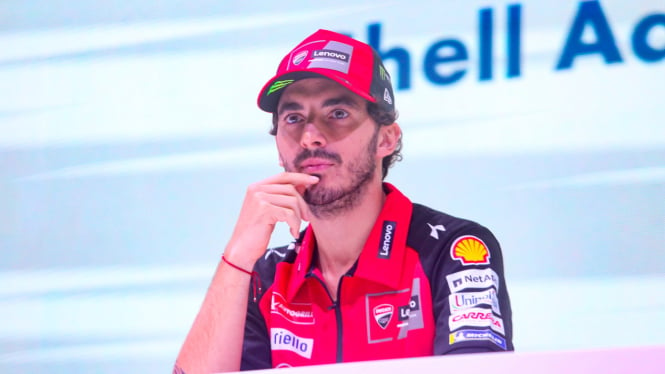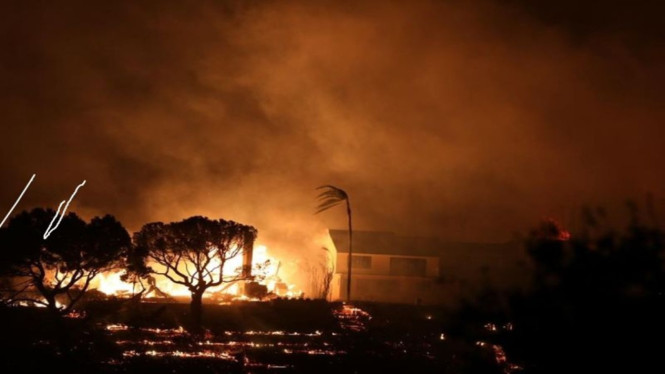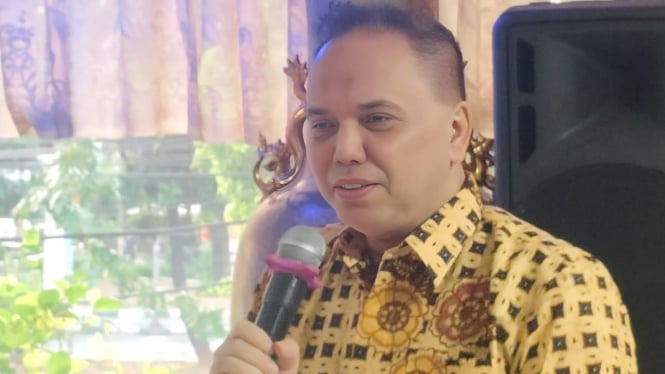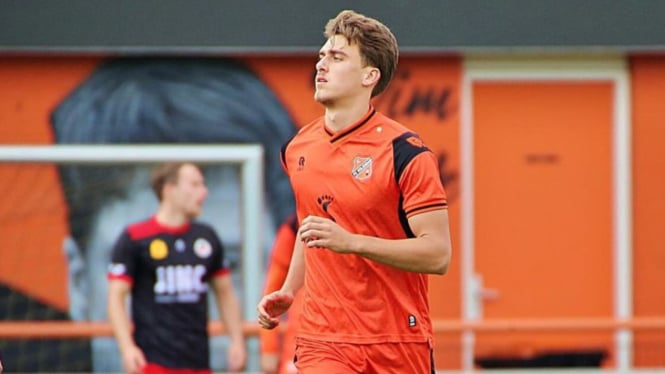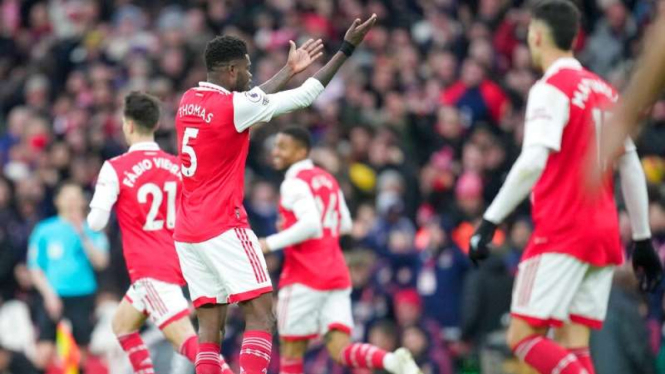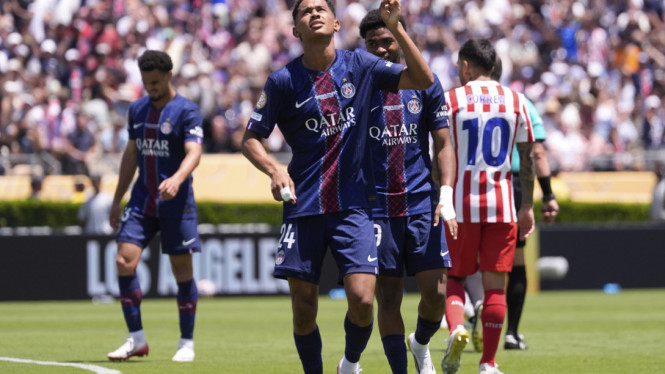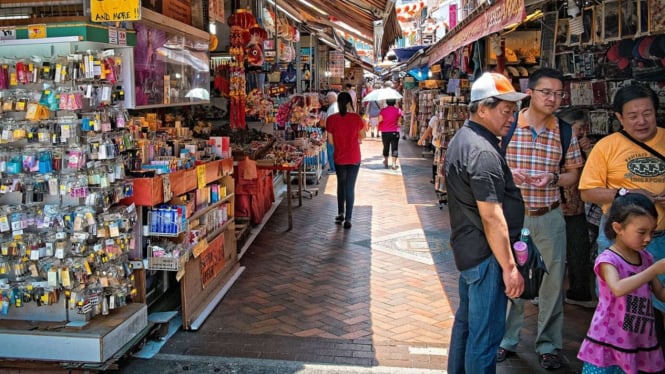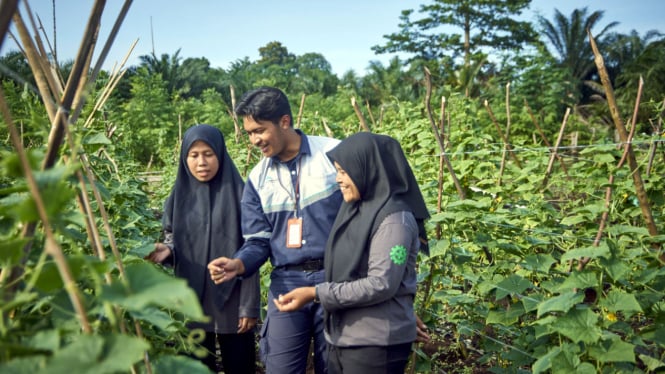Bandung, VIVA – School is not only a place to learn from teachers and textbooks but also from the surrounding environment. The concept of the environment as the third teacher emphasizes that the learning space can serve as a facilitator of education. This idea originates from the Reggio Emilia educational philosophy developed by Loris Malaguzzi, who stated that “children have three teachers: their parents, their teachers, and their environment.”
A carefully designed environment can foster curiosity, exploration, and authentic learning experiences. Schools that embrace this philosophy do not just construct physical spaces but also build meaning into every corner. As a result, students learn not only inside the classroom but also through their interactions with the environment.
Sedaya Bintang Integrated School is one such institution that brings this concept to life. The school was inaugurated on July 19, 2025, by PT Summarecon Agung Tbk, as part of the Summarecon Bandung area development. In its first phase, the school opened programs for Playgroup (PG), Kindergarten (KG), and Elementary (SD) levels.
The learning environment at Sedaya Bintang Integrated School is designed to foster independence, collaboration, and creativity. Various Learning Corners are provided to stimulate literacy, critical thinking, spatial skills, and social development. At the elementary level, Vertical Collaborative Boards serve as interactive media for discussion and idea-sharing among students.
The school building, covering over 6,000 m², is designed with an environmentally conscious approach. Playgroup and Kindergarten classrooms are naturally ventilated and lit, eliminating the need for air conditioning. A featured Roof Garden provides a hands-on gardening space where students can learn about ecosystems and develop a love for the earth.
To deepen environmental awareness, Eco Learning Activities are integrated into the curriculum. Students participate in hands-on activities such as Urban Farming, Bird Conservation, and Waste Management Education. These initiatives align with Summarecon Bandung’s broader vision of sustainability and eco-conscious community development.
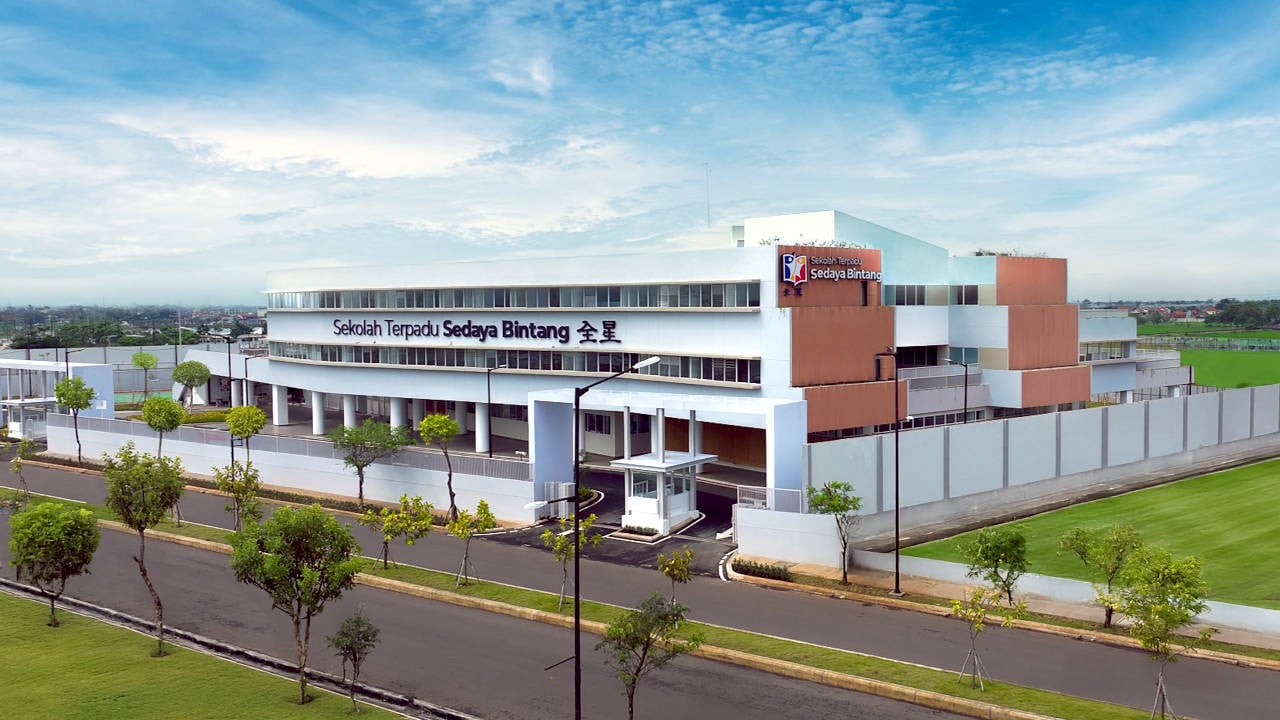
Academically, Sedaya Bintang adopts a hybrid curriculum that combines Indonesia’s Merdeka Curriculum, Pearson Edexcel’s International Curriculum (UK-based), and Singapore’s Mathematics Curriculum. Its approach emphasizes character education, trilingual learning (Mandarin, English, Indonesian), and STEAM (Science, Technology, Engineering, Arts, Mathematics). The school also embraces Holistic Education, aiming to nurture students intellectually, emotionally, socially, physically, artistically, and spiritually.
Soegianto Nagaria, Chairman of the Sedaya Bintang Education Foundation, expressed his hopes for the school's impact. “I hope the presence of this school will realize high-quality education for Indonesia’s bright future,” he stated. He also thanked the parents who entrusted their children’s education to Sedaya Bintang.
To support this vision, teacher capacity-building is a top priority. Ongoing professional development includes training with international experts like Prof. Pei-Jung Lin and Dr. Yeap Ban Har. Through a Community of Practice model, teachers are encouraged to share best practices, reflect on their teaching, and continue growing professionally.
Halaman Selanjutnya
Academically, Sedaya Bintang adopts a hybrid curriculum that combines Indonesia’s Merdeka Curriculum, Pearson Edexcel’s International Curriculum (UK-based), and Singapore’s Mathematics Curriculum. Its approach emphasizes character education, trilingual learning (Mandarin, English, Indonesian), and STEAM (Science, Technology, Engineering, Arts, Mathematics). The school also embraces Holistic Education, aiming to nurture students intellectually, emotionally, socially, physically, artistically, and spiritually.

 6 hours ago
3
6 hours ago
3




